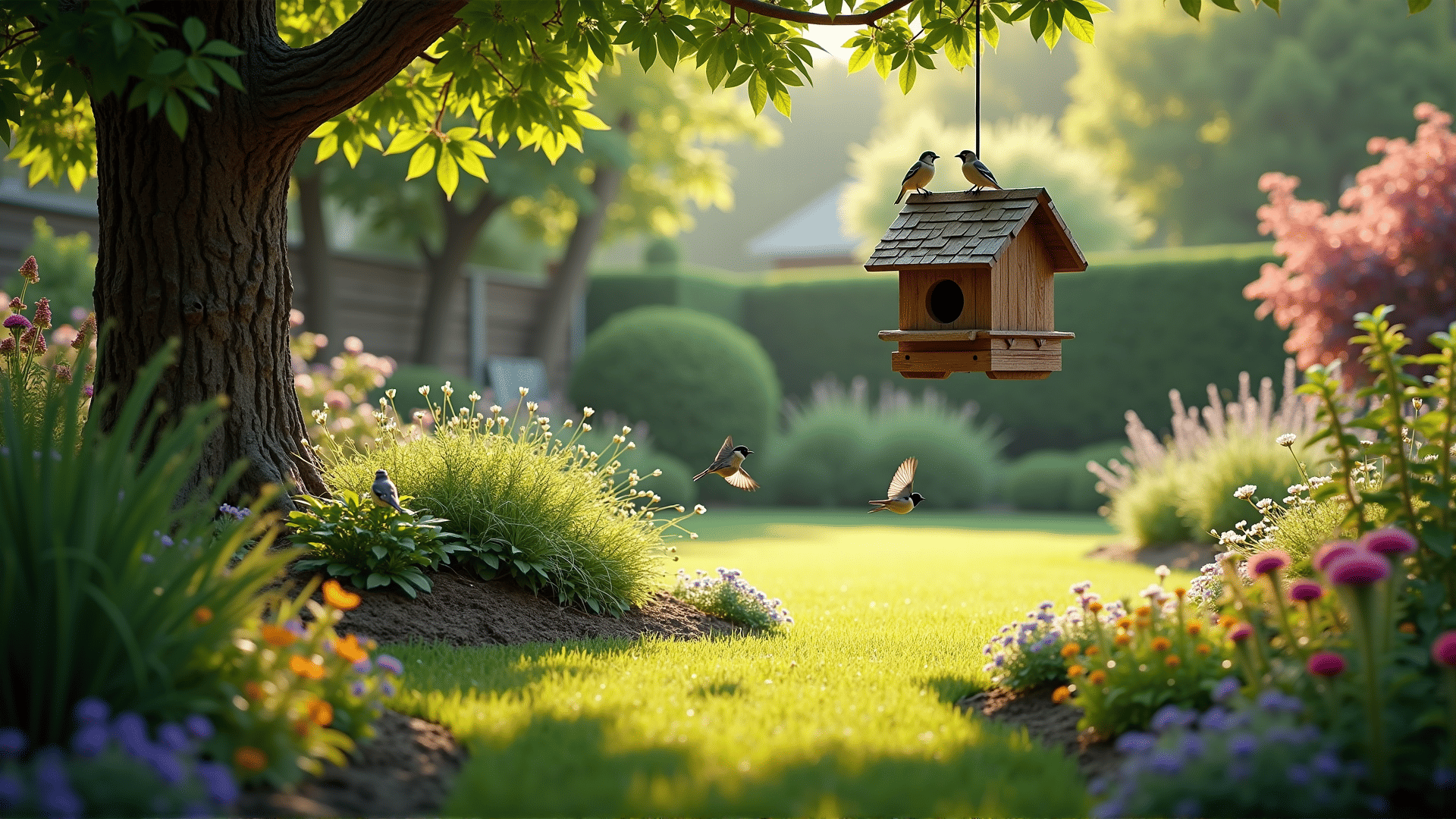Creating a sanctuary for birds in your backyard is a rewarding way to connect with nature and support local wildlife. Here are some essential steps to transform your outdoor space into a haven for our feathered friends.
Food Sources
To attract a variety of birds, offer a mix of seeds, fruits, and nectar. Choose native plants and trees that provide natural food resources, such as berries, nuts, and seeds. Consider installing feeders at different heights to accommodate different species. Suet feeders are great for woodpeckers and nuthatches, while tube feeders attract finches and chickadees.
Water Features
A dependable water source is crucial for drinking and bathing. A simple birdbath with gently sloping edges to accommodate various bird sizes will suffice. Ensure to change the water regularly to prevent stagnation. During cold months, consider adding a heater to keep the water from freezing.
Shelter and Nesting
Birds need safe places to rest and nest. Incorporate a mix of densely planted shrubs, trees, and tall grasses to provide shelter from predators and harsh weather. Install nesting boxes suitable for local species to encourage them to raise their young in your habitat. Clean and maintain these boxes after each nesting season.
Avoid Pesticides
Chemicals can harm birds directly or destroy the insects they rely on for food. Use natural pest control methods and tolerate some insect presence, as they are a vital food source for many bird species, especially during the breeding season.
Diverse Vegetation
Plant a diverse range of flowering plants, shrubs, and trees to replicate the birds' natural environment. Layered vegetation (ground cover, understory, canopy) allows different bird species to find their preferred habitat within your backyard, boosting biodiversity.
Safe Environment
Cats pose a significant threat to birds. Keep them indoors or provide them with a designated outdoor space where they cannot reach the birds. Window collisions are another serious danger; apply decals or screens to make glass more visible to flying birds.
Monitoring and Enjoying
Spend time observing the birds you attract to learn about their behaviors and needs. A pair of binoculars can enhance this experience, bringing you closer to the action without disturbing them. Keep a journal to record sightings and changes in species over time.
By following these steps, you can create a thriving habitat that supports the well-being of birds. Not only does this effort assist local wildlife, but it also enriches your outdoor experience, bringing beauty and vitality right to your doorstep.
